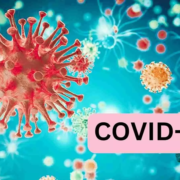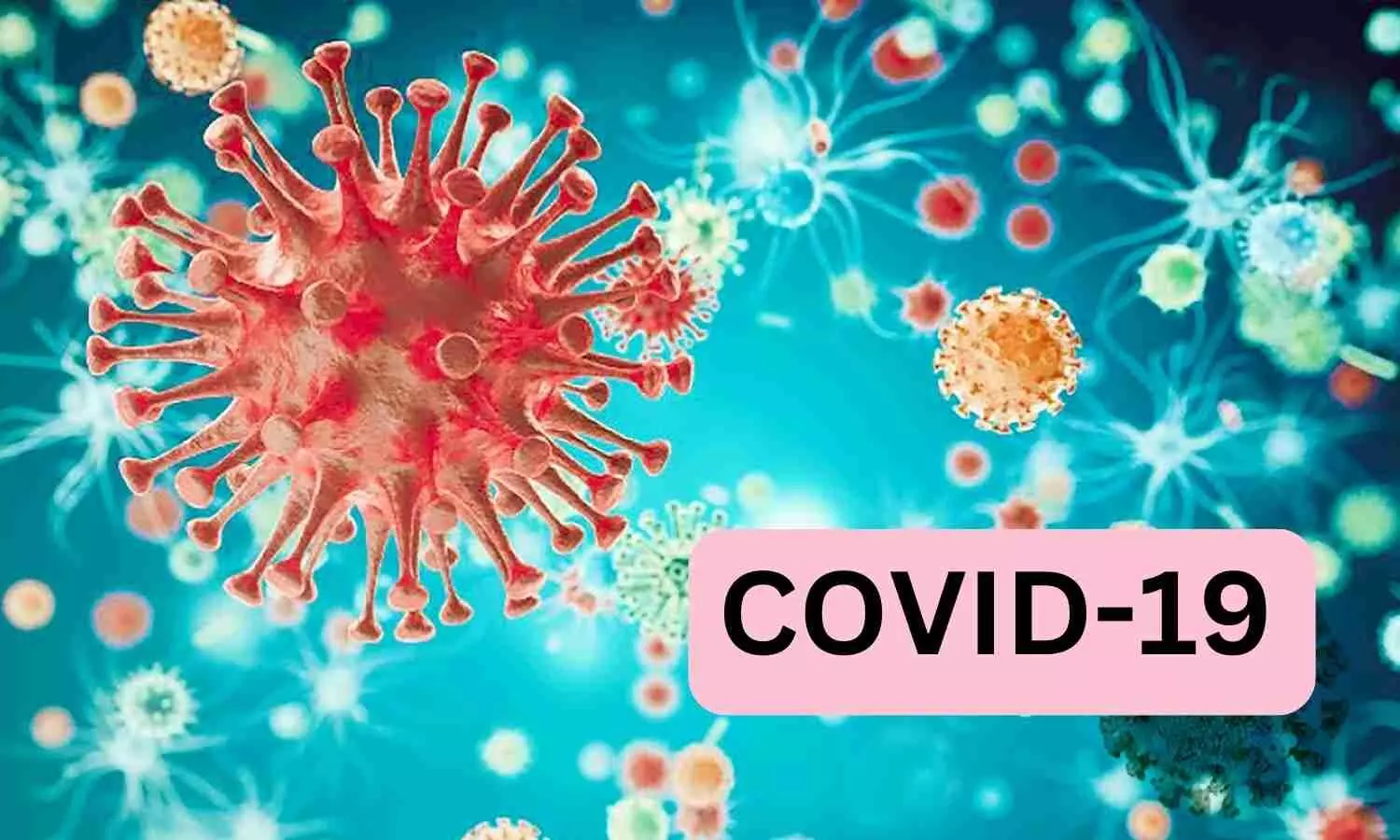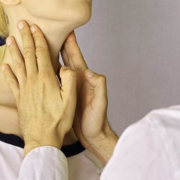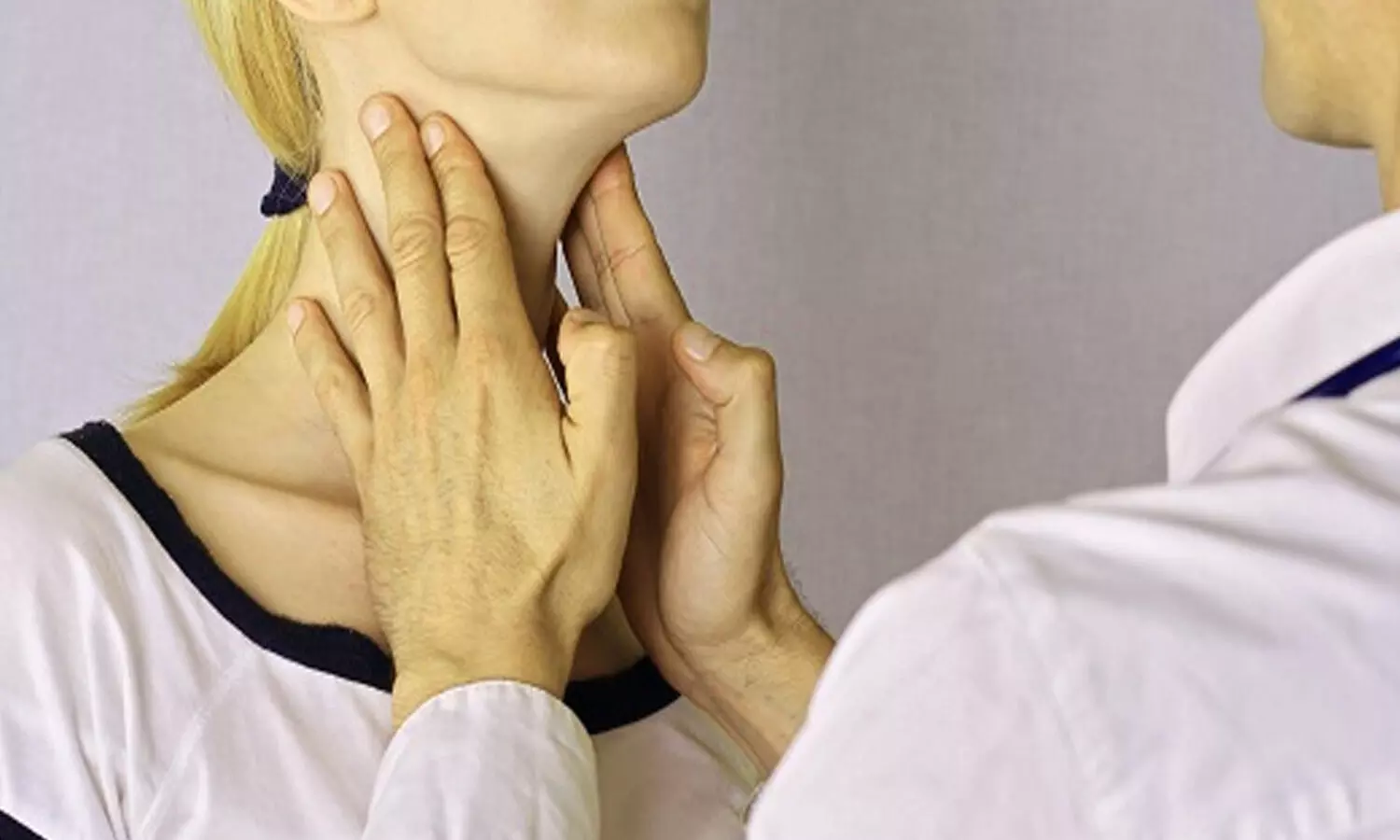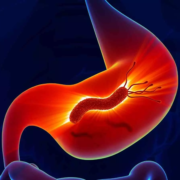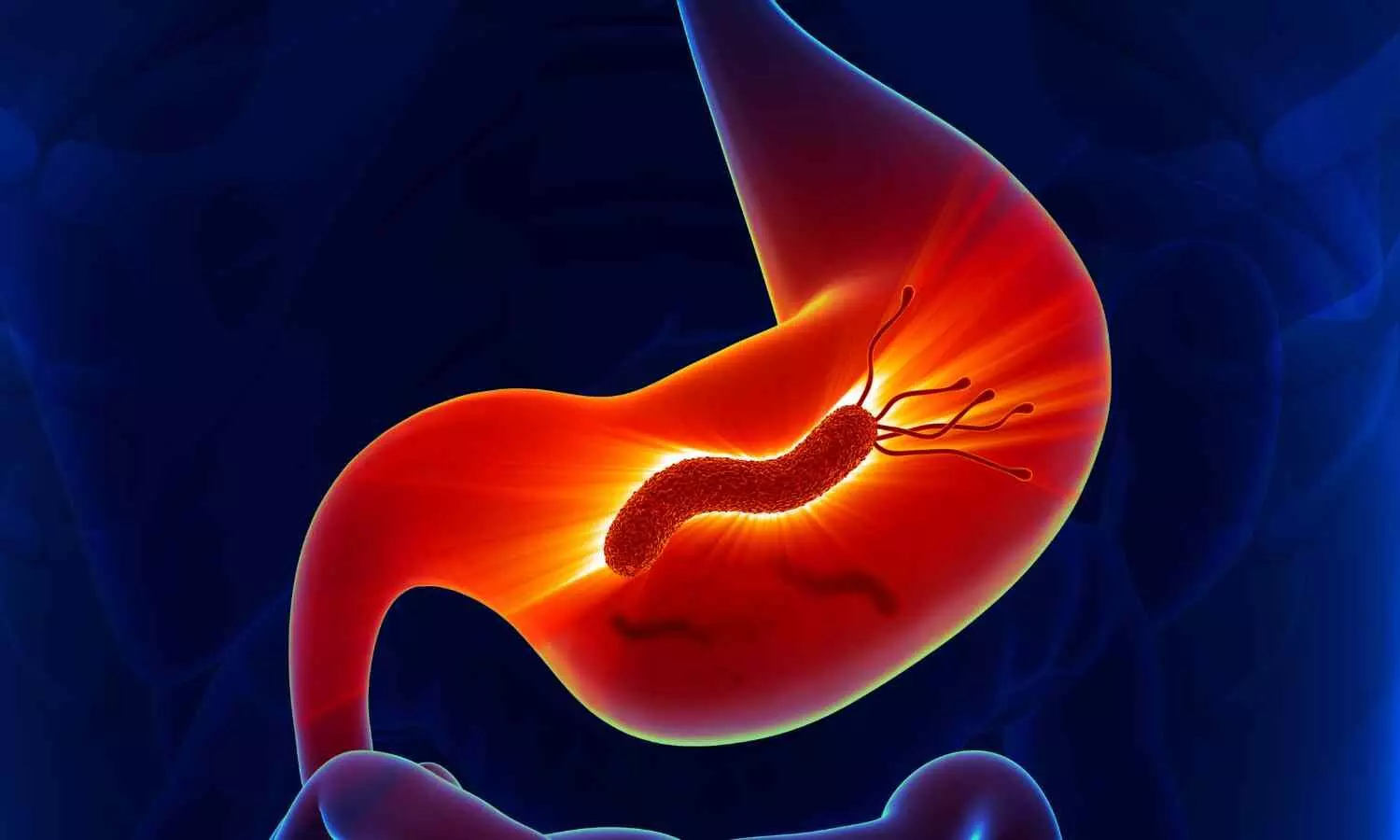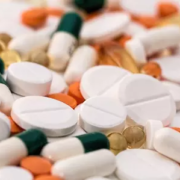Low FT4 Levels Linked to Higher Gestational Diabetes Risk: Study
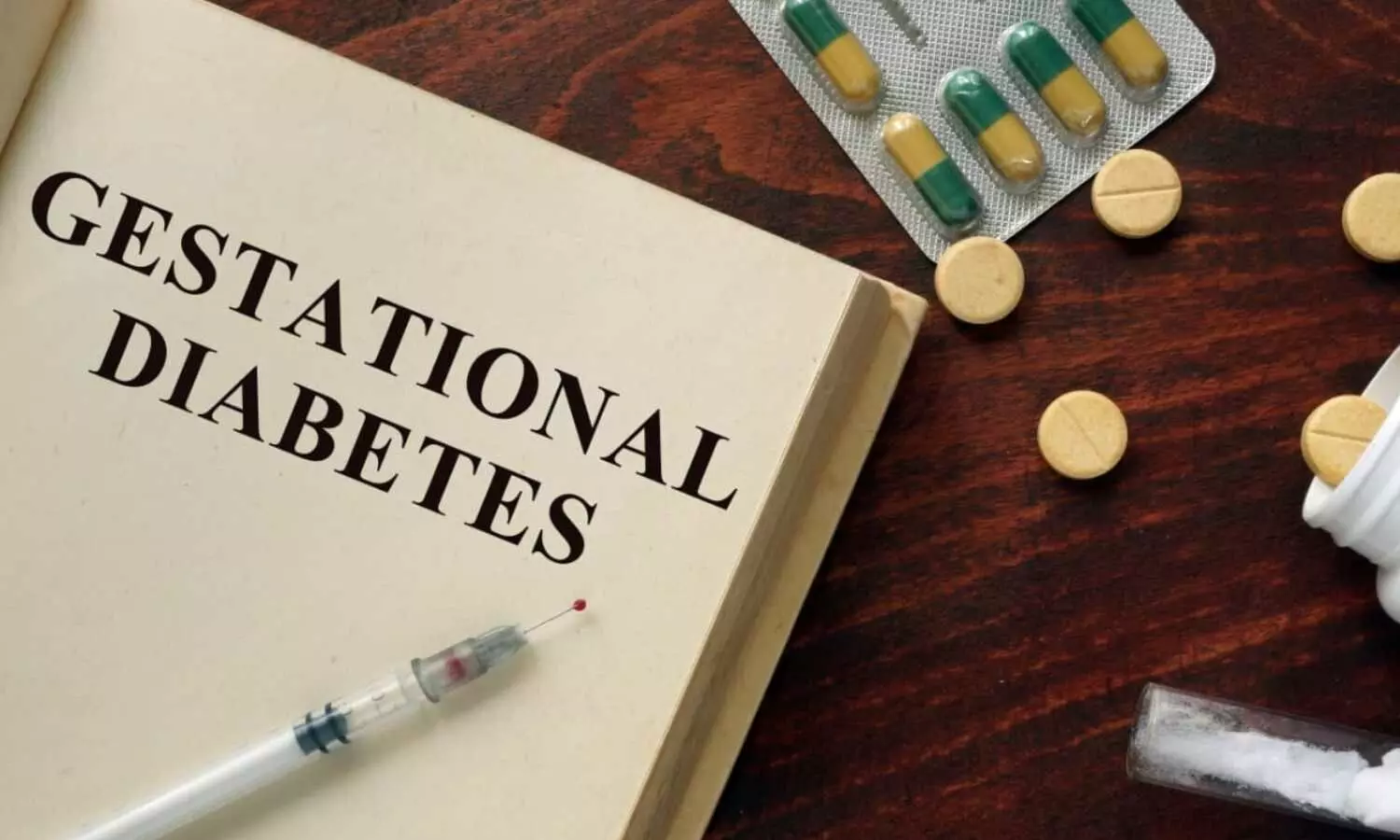
Researchers have found in a global study of over 63,000 pregnant women that low free thyroxine (FT4) levels and isolated hypothyroxinaemia are linked to a higher risk of gestational diabetes. Contrary to prior assumptions, subclinical hypothyroidism showed no significant association, suggesting that universal screening and treatment for it may not reduce gestational diabetes risk.
Pregnancy is a state of increased metabolic demand that necessitates major changes in endocrine physiology. Gestational thyroid dysfunction and gestational diabetes are common endocrine conditions of pregnancy that frequently coincide. Although the effects of thyroid hormones on glucose metabolism are well documented, important knowledge gaps remain in terms of the extent and clinical relevance of these effects during pregnancy.
The aim of this meta-analysis is to assess the association of thyroid function test results with gestational diabetes and markers of glucose metabolism. In this systematic review and individual participant data meta-analysis, we searched Ovid MEDLINE, EMBASE, and Web of Science from database inception to Dec 12, 2024, for prospective population-based cohort studies with individual patient data on thyroid function, gestational diabetes, and measures of glucose homoeostasis during pregnancy. Furthermore, open invitations to join the Consortium on Thyroid and Pregnancy were issued to identify unpublished datasets. We excluded participants with multiple pregnancies; pre-existing thyroid disease or diabetes; current use of medications that could affect thyroid or glucose levels; or a history of infertility treatment, miscarriage, or stillbirth.
Exposures were maternal gestational concentrations of thyroid-stimulating hormone (TSH), free T4 (FT4), free T3 (FT3), and total T3; thyroperoxidase antibody positivity; thyroglobulin antibody positivity; and thyroid disease entities (ie, subclinical hypothyroidism, overt and subclinical hyperthyroidism, and isolated hypothyroxinaemia), which were defined according to current guidelines. The primary outcome was presence of gestational diabetes as defined in individual cohorts. Individual participant data were analysed using generalised linear mixed-effects regression models adjusting for maternal age, BMI, smoking status, parity, ethnicity, fetal sex, and gestational age at blood sampling.
They identified 638 published studies with our systematic search, of which 21 studies based on 17 cohorts met inclusion criteria; 11 of these prospective cohort studies provided individual participant data, and data from an additional 14 cohorts were added via personal contacts and open invitations, resulting in a study population of 63 548 participants from 25 cohorts after exclusions. Of the 52 632 participants in 17 cohorts with TPOAb measurements available to define thyroid disease entities, 1687 (3·2%) of these participants had subclinical hypothyroidism, 1153 (2·2%) had isolated hypothyroxinaemia, and 2958 (4·7%) had gestational diabetes. Compared with euthyroidism, isolated hypothyroxinaemia was associated with a higher risk of gestational diabetes (absolute risk 6·5% [72 of 1113] for isolated hypothyroxinaemia vs 3·5% [1555 of 44 787] for euthyroidism; adjusted odds ratio [aOR] 1·52 [95% CI 1·17–1·98], p=0·0017; 45 900 participants).
A lower FT4 concentration was associated with a higher risk of gestational diabetes (non-linear, p<0·0001). A higher risk of gestational diabetes was found both with a higher FT3 concentration (aOR 1·18 [95%CI 1·10−1·28], p<0·0001) and with a higher FT3-to-FT4 ratio (non-linear; p<0·0001). No evidence was found of associations of TSH, thyroid antibodies, or other thyroid function test abnormalities with gestational diabetes. I2 statistics for the primary analyses ranged from 0–43%, indicating low to moderate heterogeneity.
The funnel plot for overt hyperthyroidism indicated a possibility for publication bias (p=0·049), but funnel plots for all other variables did not. A lower FT4 concentration and isolated hypothyroxinaemia during pregnancy are associated with a higher risk of gestational diabetes. Our results challenge the long-standing notion that subclinical hypothyroidism or thyroid autoimmunity are risk factors for gestational diabetes and support both the risk profile for gestational thyroid dysfunction and ongoing efforts on optimisation of treatment targets for pregnant people taking levothyroxine. Follow-up studies are required to establish to what extent levothyroxine initiation or dose adjustments can affect insulin resistance and antihyperglycaemic therapies during pregnancy.
Reference:
Association of gestational thyroid function and thyroid autoimmunity with gestational diabetes: a systematic review and individual participant meta-analysis. Osinga, Joris A J et al. The Lancet Diabetes & Endocrinology, Volume 0, Issue 0
Powered by WPeMatico


